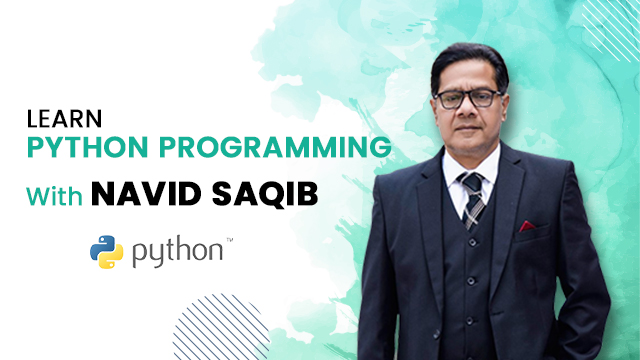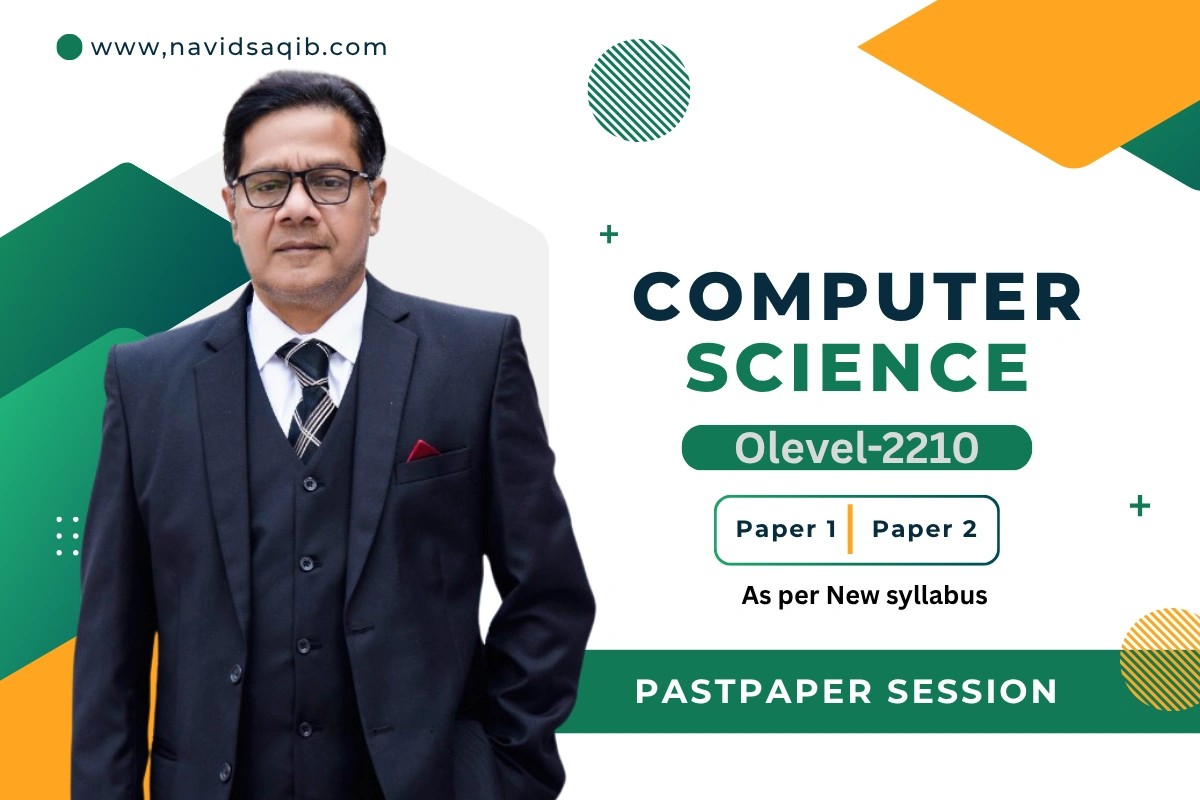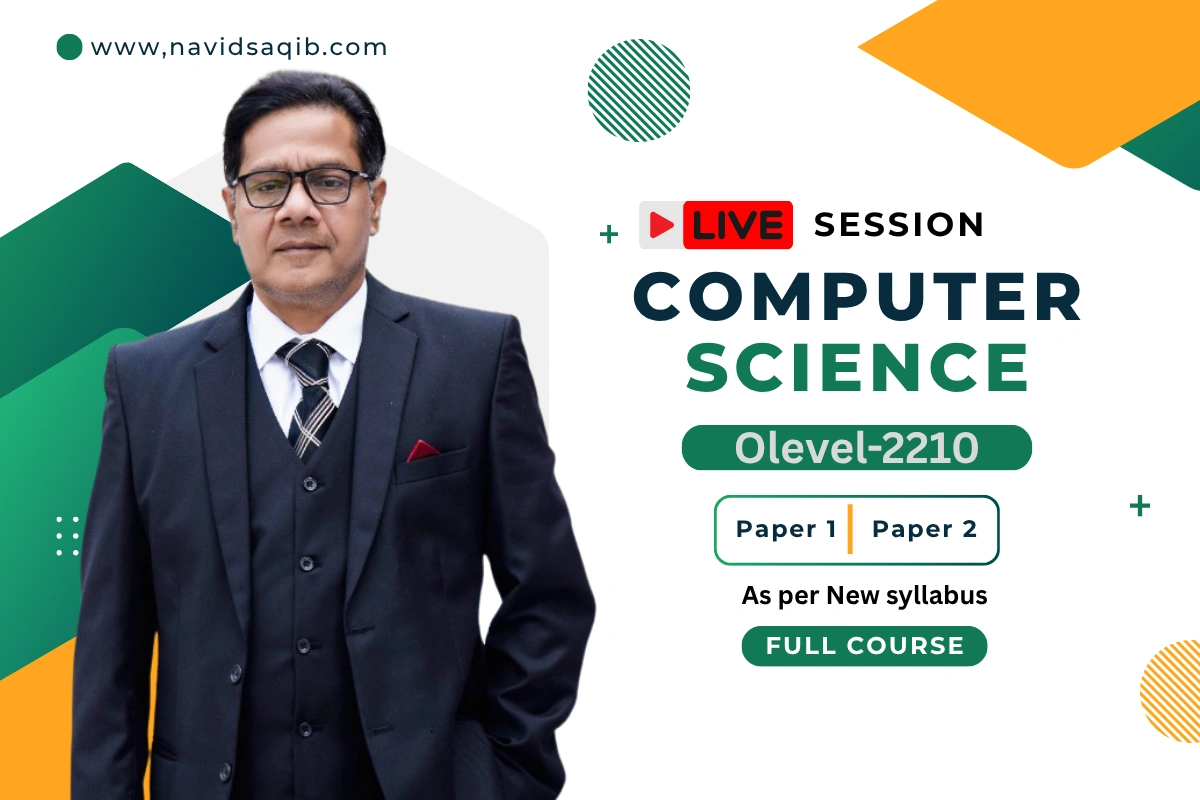Cambridge AS Level Computer Science (9618)
-
The AS Level comprises two externally assessed written papers, each carrying 75 marks and constituting 50% of the AS Level (and 25% of the full A Level if continued)
-
No calculators are permitted in any paper
-
Paper 1: Theory Fundamentals
-
Duration: 1 hour 30 minutes, 75 marks.
-
Covers Sections 1–8 of the syllabus
-
-
Paper 2: Fundamental Problem-solving and Programming Skills
-
Duration: 2 hours, 75 marks.
-
Focuses on Sections 9–12, emphasising algorithmic problem solving and pseudocode
-
Sections 1–8: Theory Fundamentals (Paper 1)
-
Information Representation
-
Communication
-
Hardware
-
Logic Gates & Circuits
-
Processor Fundamentals
-
Assembly Language
-
System Software
-
Security, Privacy & Data Integrity; Ethics and Ownership; Databases
Sections 9–12: Problem-Solving & Programming (Paper 2)
-
Algorithm Design & Problem-solving
-
Data Types & Structures
-
Programming Basics
-
Software Development
Why This Course Matters
-
Holistic Foundation: Paper 1 builds critical understanding of how computers work, software systems are structured, and data is managed.
-
Skill Application: Paper 2 transitions theory into action—students practise algorithmic thinking, pseudocode, and design philosophies.
-
Progression Ready: Excellent preparation for the full A Level or university-level computing and software development courses.
Course Content
Paper 2 : Problem Solving Approach – Practical
-
9.1 Computational thinking skills
-
9.1.1 Using abstraction
-
9.1.2 Using decomposition
-
9.2 Algorithms
-
9.2.1 Writing algorithms that provide solutions to problems
-
9.2.2 Writing simple algorithms using pseudocode
-
9.2.3 Writing pseudocode from a structured English description
-
9.2.4 Writing pseudocode from a flowchart
-
9.2.5 Stepwise refinement
-
10.1 Data types and records
-
10.1.1 Data types
-
10.1.2 Records
-
10.2 Arrays
-
10.2.1 1D arrays
-
10.2.2 2D arrays
-
10.2.3 Using a linear search
-
10.2.4 Using a bubble sort
-
10.3 Files
-
10.4 Abstract data types (ADTs)
-
10.4.1 Stack operations
-
10.4.2 Queue operations
-
10.4.3 Linked list operations
-
11.1 Programming basics
-
11.1.1 Constants and variables
-
11.1.2 Library routines
-
11.2 Programming constructs
-
11.2.1 CASE and IF
-
11.2.2 Loops
-
11.3 Structured programming
-
11.3.1 Procedures
-
11.3.2 Functions
-
12.1 Program development lifecycle
-
12.1.1 The purpose of a program development lifecycle
-
12.1.2 Stages in the program development lifecycle
-
12.1.3 Different development lifecycles
-
12.2 Program design
-
12.2.1 Purpose and use of structure charts
-
12.2.2 Purpose and use of state-transition diagrams to document algorithms
-
12.3 Program testing and maintainance
-
12.3.1 Ways of avoiding and exposing faults in programs
-
12.3.2 Location, identification and correction of errors
-
12.3.3 Program testing
-
12.3.4 Program maintenance
Paper 1 : Theory Paper
A course by

Student Ratings & Reviews













